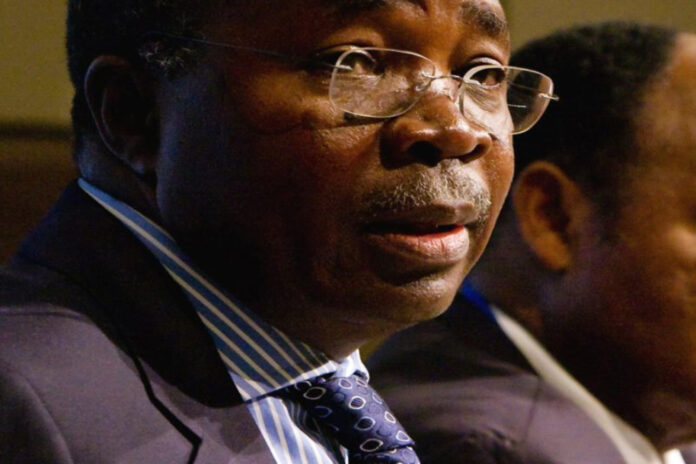By Charles Mafa
Minister of finance and planning, Dr. Situmbeko Musokotwane on Tuesday confirmed Zambia’s debt has reached $14.5 billion – equivalent to three-quarters of the country’s entire economic output.
In his first statement to parliament, Musokotwane laid out the country’s stark fiscal challenges before delivering a “war cry” aimed at delivering economic growth and new jobs.
Musokotwane said unsustainable debt levels had “drained money out of the economy, leading to the closure of many businesses” as demand plummeted.
Inflation at 24.4% is “way above the 6-8% target band” and interest rates of 25.6% has limited the private sector’s ability to invest in the economy.
Living standards and the funding of essential public services have been hit.
In a damning indictment of the previous administration, Musokotwane said: “The government was unable to hire key personnel like teachers.”
Musokotwane’s keenly anticipated statement marks the start of a crucial two week period for Zambia.
Later in the week, he promised to return to the house with a more detailed update on the national debt before delivering his first Budget towards the end of this month.
In a sober assessment of what confronts the country, Musokotwane told MPs: “Growth has been sluggish, fiscal deficits have been persistently high, debt is unsustainable, inflation is in double digits, the exchange rate has been volatile and interest rates have remained high.”
“The combination of these challenges has brought about sufferings among the people.” Musokotwane told Parliament.
Average growth in the decade to 2021 was worse than the first ten years of the 21st century, he said.
“It is for this reason that on average, most citizens are poorer than they were ten years ago.”
Last year, Zambia’s economy contracted by 2.8% with almost every business sector in negative territory. Growth this year is forecast at 2%.
Musokotwane blamed not just the covid pandemic for shrinking economic output.
“Covid merely added to two preexisting serious economic problems in the country,” Musokotwane said.
“The first is the consequences of the excessive borrowing undertaken by the previous government during the last ten years they were in power. The second cause is the old age problem surrounding dependency on the key mining sector, which in itself has not been managed very well.”
Musokotwane’s clarity on the size of Zambia’s debt is an important moment. It amounts to a new phase in Zambia’s sovereign debt crisis which saw it default on debt repayments to international creditors last year.
Musokotwane said that the $14.5bn debt could be higher as it does not include “substantial domestic debt including arrears to suppliers”.
Musokotwane described his speech to parliament as an “inception report”.
In the next few days he will spell out how Zambia will attempt to deal with international creditors including the Washington DC based International Monetary Fund, powerful private creditors and a range of Chinese institutions who lent billions of dollars supposedly to build new infrastructure.
Last week, a report by John Hopkins China Africa Research Initiative (CARI) estimated that Zambia’s outstanding external debt to all Chinese financiers, official and commercial, was approximately US$6.6 billion in August 2021.
The estimate is almost double the US$ 3.5 billion figure released previously by the Zambian government. It could mean Zambia’s total debt is higher than the official figure now put at US$14.5 billion.
Talk with these institutions about new payment schedules and extra loans have already started behind closed doors.
At stake is the future of the Zambia economy and specifically the degree to which it may have to impose cuts on public spending.
This MakanDay article is in association with Finance Uncovered, a UK based journalism organisation.

Discover more from MAKANDAY
Subscribe to get the latest posts sent to your email.



